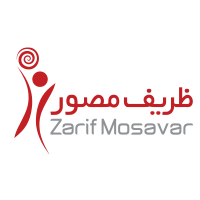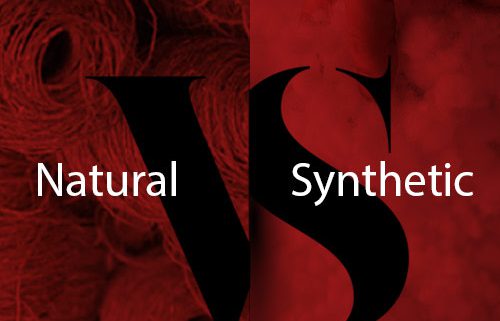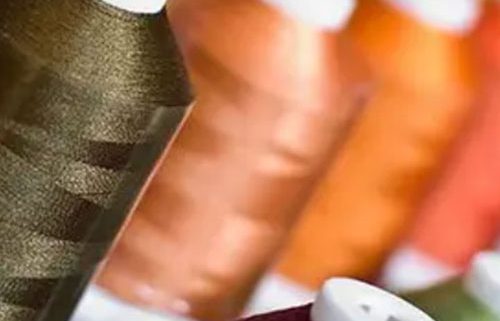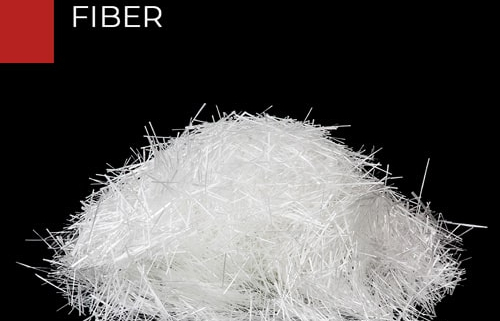Polyester Staple Fiber (PSF)
It constitutes the largest volume of synthetic fiber production in the world. Polyester Staple Fiber (PSF) Polyester is a type of polymers that have ester groups, which mainly includes polyethylene terephthalate (PET). Other polyesters, including polybutylene terephthalate (PBT) and polytrimethyl terephthalate (PTT), are used in carpet fibers due to their superior fiber bounce.
Staple fibers are thin filaments with appropriate length that have the ability to bend and have enough strength for spinning. Staple fibers are those continuous fibers that have a short length (short staple fibers). These fibers are obtained from natural sources such as cotton, hemp, linen and wool. These fibers can be of animal or plant origin.
the product: Staple fibers + technical specifications
Spinning short fibers (staple)
Staple fibers in the textile industry are usually no more than a few inches long, and fiber lengths also vary between species obtained from different sources. Staple fibers are measured in inches or centimeters. They include almost all natural fibers except silk (natural fibers that have no original form).
Natural fibers are divided into three categories: plant, animal and mineral fibers. Among the plant fibers, we can mention cotton, linen, hemp, chatay, manila, jute, sisal, abaca, ramie, bamboo, etc. Among the animal fibers, we can mention wool, cashmere, mohair and silk. Among the mineral fibers, we can mention asbestos or fireproof cotton.
These fibers include polyester, polyamide or nylon, polyolefin, acrylic, aramid and vinyl fibers. These fibers have very important and diverse uses that have made them used in simple household and daily use to various industries and complex and high-tech uses.
Types of staple fibers in the textile industry
- Natural staple fibers
- Synthetic staple fibers
Natural staple fibers
Most natural fibers such as cotton and wool are staple fibers. In terms of application, there are two general classifications for plants producing natural fibers: Primary and secondary. Primary plants (jute, Kanaf, sisal, and cotton). Secondary plants (pineapples, cereals, stems, etc.). Among other applications, natural fibers extracted from plants are used as reinforcement in thermoplastic and thermoset composites.
Synthetic staple fibers
Synthetic staple fibers (polyolefin staple fibers, polypropylene staple fibers, polyester staple fibers, acrylic staple fibers, viscose staple fibers, nylon, spandex, etc). Man-made staple fibers are made from polymers that do not occur naturally, but are instead produced entirely in a factory or chemical laboratory, almost or always derived from byproducts of petroleum or natural gas. They can also be classified according to their use:
Fabrics woven from staple fibers
Types of polymers
Polyester (PET)، polypropylene (PP) ، polyamide (PA) ، polyethylene (PE) ،two-component PET-COPET and…
Advantages and disadvantages of staple polyester fibers
Staple polyester fibers It can be an excellent water repellent material for use in durable items. Polyester can also be added to other natural fibers. Polyester fibers are a popular choice for clothing because they are thermoplastic or heat sensitive. This means that fabrics that are 100% polyester can have permanent pleats and take on shapes and patterns.
Advantages of polyester staple fibers
It has a favorable range of physical properties, strong, light, dyeable, wrinkle resistant, resistant to most chemicals, easy to wash – quick drying, resistant to stretching and shrinking, UV resistance. Low absorbency, cheap, mass production of petrochemical resources
Disadvantages of staple polyester fibers
Made of chemicals, skin sensitivities in direct contact with the human body, due to its non-breathable and insulating properties, it causes the body to sweat more, high flammability, prone to static accumulation (static electricity), longer lasting odor than natural fibers. Poor lint retention compared to nylon carpet/carpet, less breathability than natural fibers
tip: Of course, biodegradable polyesters made from lactic acid, glycolic acid, and other hydroxy acids do not cause any problems in contact with the body, even they are used in medical devices such as dissolvable sutures.
Basic information about polyester staple fibers
PET fibers dominate the world’s synthetic fiber industry. They occupy the largest synthetic volume and exceed nylon, rayon and acrylic fibers. They are cheaply and easily produced from petrochemical sources. They also have a favorable range of physical properties. They are strong, light, easily dyeable and wrinkle resistant and have excellent washing properties.
They are used in numerous types and shapes in textile fibers, home textiles and furniture. They form microfibers for outerwear and sportswear.
Polyesters in carpets, industrial fibers, and yarn are used for tire straps, car seat belts, filter cloths, tent cloths, sailcloths, etc. These organic synthetic fibers consist of a high concentration of diacid (terephthalate acid) and alcohol (ethylene glycol). The process used to obtain this polymer is melt spinning with 400% thermal stretch.
Common characteristics of polyester staple fibers
- density: 1.39
- Durability: 6.1 grams per denier (g/d)
- Recycled moisture: ۰٫۴ – ۰٫۲ %
- Elastic reversibility (at 5% strain): 65%
- Behavior against fire: Relatively resistant and burning (melting) with a lot of smoke
- Behavior against ultraviolet rays: Moderate to good resistance







